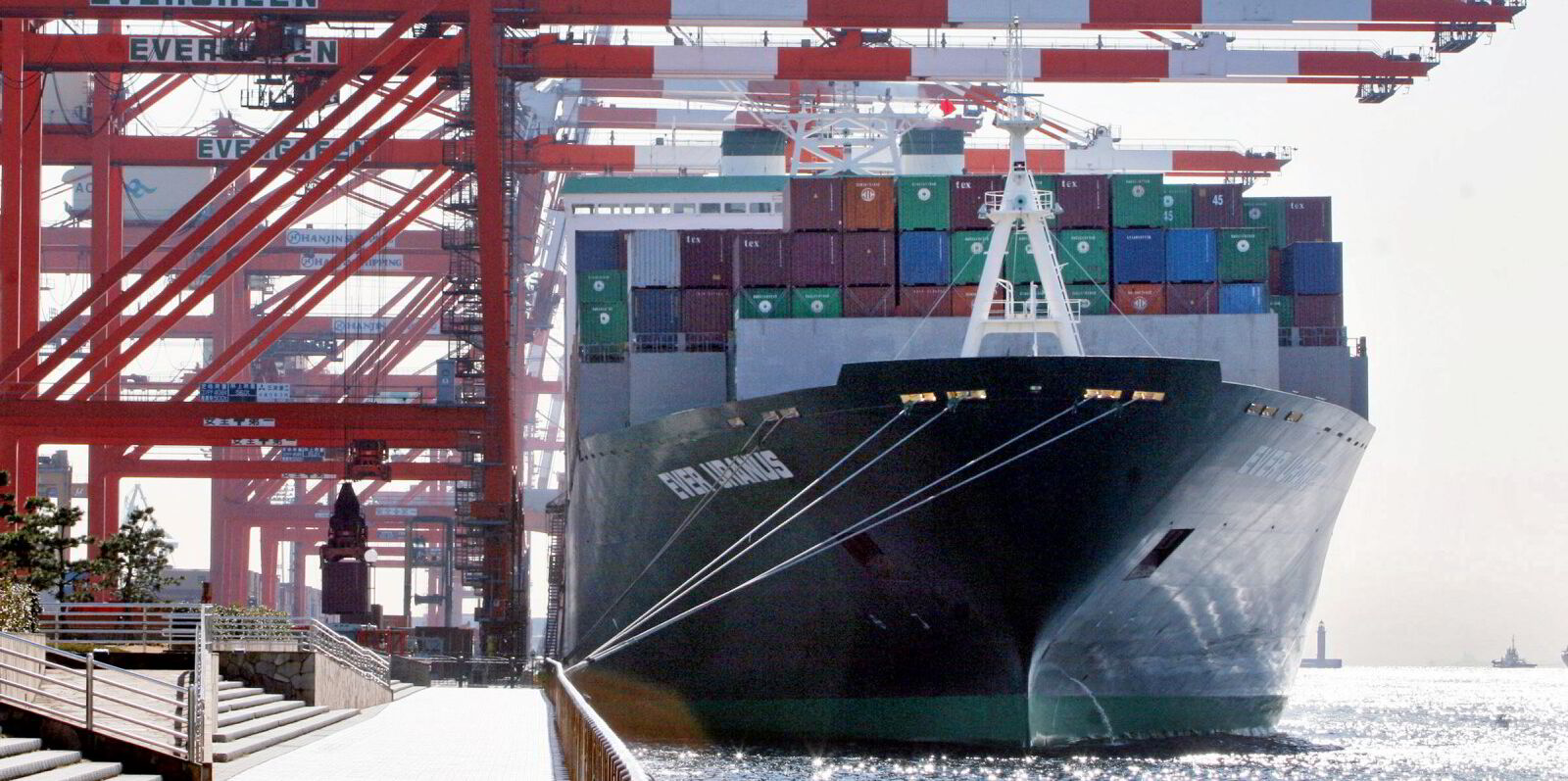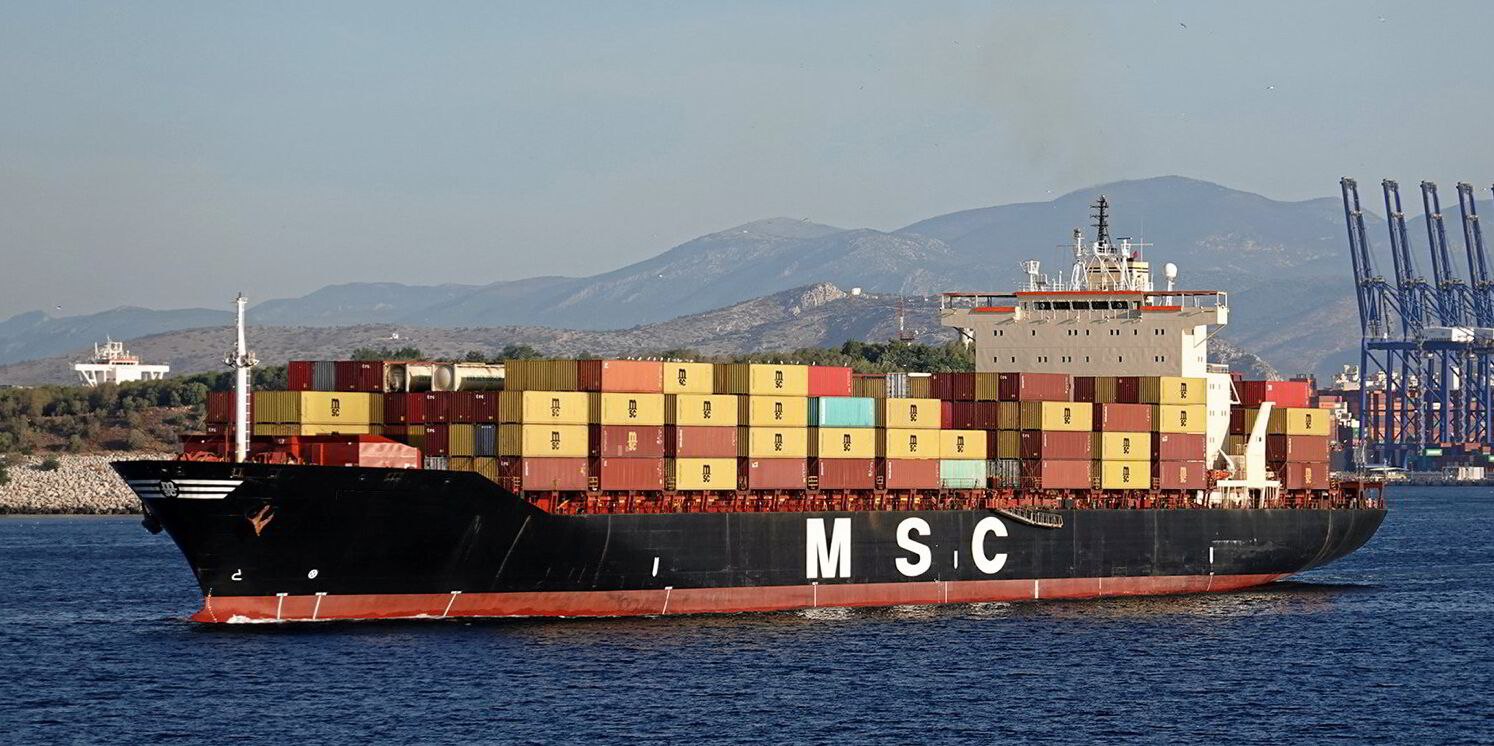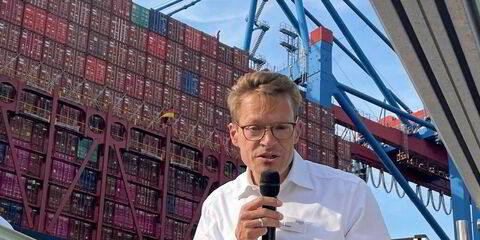MSC Mediterranean Shipping Company has retained its status as the most active recycler of container ships this year despite selling only a handful of vessels.
The Swiss liner giant hived off five cellular ships with a combined capacity of close to 12,000 teu in the first half, amounting to about 25% of total demolition sales, according to Alphaliner.
Other companies sending vessels for scrapping included AP Moller-Maersk, Danaos Corp and Chile’s CSAV.
But only 34 boxships of 48,600 teu were sold for scrap in the first half, down from 77,000 teu offloaded in the same period in 2023.
The move means the boxship scrapping “tsunami” that many had predicted remains elusive.
Braemar estimates that 34 ships with a total capacity of 57,000 teu were scrapped in the first six months of the year — 0.2% of the trading fleet.
“Container ship demolition is limping along, as earnings and asset values are elevated and continuing to rise,” the shipbroker notes in its quarterly market outlook.
“We are not expecting container ship demolition to reboot until the Red Sea situation has an end game.”
Smaller ships
Most of the ships sold for scrap in the first half — 20 units amounting to 60% of the total — were small vessels of less than 1,500 teu, according to Alphaliner.
Only three ships larger than 3,000 teu were sold for recycling: the 3,424-teu MSC Rossella (built 1993), 3,003-teu Jeppesen Maersk (built 2001) and 5,652-teu Ever Uranus (built 1999), the largest container vessel bound for scrap so far this year.
The average size and age of demolished vessels was 1,678 teu and 27.5 years, added Braemar.
“With three years of relatively few container ships scrapped, there will be a period of catch-up and we expect this to occur when the Red Sea situation is resolved,” it noted.
Alphaliner has revised its forecast for boxship demolition to reach 120,000 teu in 2024 and 250,000 teu next year — far away from the record year of 2016 when 655,000 teu was scrapped.
“There is next to zero overcapacity, with an unexpectedly strong cargo demand also playing its part in the bonanza,” the analyst said.
“As a result of this, owners and carriers prefer to continue operating their older vessels at very profitable terms, rather than scrap them, despite continuously strong demolition prices.”





